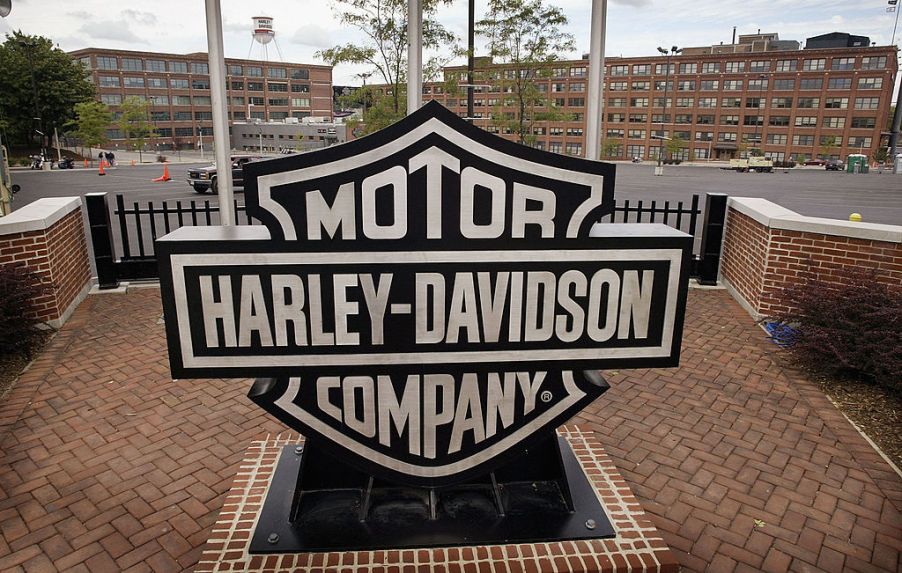
5 Interesting Things You Probably Never Knew About Harley-Davidson
With the modest beginnings in a backyard shop more than a hundred years ago, Harley-Davidson has gone on to successfully carve out a niche that is completely different from other motorcycle manufacturers like Yamaha and Honda.
Through the drop sales and hard times, Harley-Davidson has not only survived but has become a recognized brand. With the distinctive sound made by the V twin engine and the bikes’ classic appearance maintaining a design that pays homage to the original, most of us can distinguish a Harley-Davidson motorcycle from the rest.
However, how deep does your knowledge of this American motorcycle brand go? Here are five interesting things you probably never knew about Harley-Davidson;
Harley-Davidson once made bikes in Japan
While the Harley-Davidson brand is synonymous with the United States, it has had forays into foreign production. Currently, the company has facilities in India that it opened in 2011, as well as an assembly plant located in Brazil, and has plans to open a new plant in Thailand. Though the latter move was heavily criticized, it is not the first dealings the motorcycle company has had with Asia.
During the Great Depression, Harley-Davidson licensed Sankyo, a Japanese company, to build copies of the Harley bike for the Japanese market. This is what is credited for keeping the company afloat during the era. Production was not the same after World War II, and in 1950, the business was sold to Showa. The division stopped making bikes in 1959 but still provides parts to Harley-Davidson today, including its front forks.
The truth behind the bikes’ nickname
You might have heard the bikes being referred to as ‘hogs’. While you might think this has something to do with their hulking size or sound, it could not be any further from the truth. The nickname ‘hog’ was because Ray Weishaar, a team member of Harley racing, had a piglet. The piglet was the team’s mascot, and after winning, members of the team would take a victory lap with the mascot.
The emergence of the name came after a photograph was taken of Weishaar giving the piglet a drink after the team took all podium spots in a 200-mile race in Illinois in 1920.
Five percent of the company’s sales come from clothing
Aside from the revenue the company makes from the many motorcycles it sells annually, the Harley-branded gear also generates a chunk of income as well.
5.4% of revenue does not seem like much. However, that 5% translates into close to $285 million. In addition to the contribution to sales, the clothing has also become heavily tied to the company’s image. The boots, jeans, T-shirts, and leather jackets identify the Harley lifestyle.
Military supplier
The company supplied 15,000 motorcycles for World War I, working closely with military engineers to make the bikes better suited for the battlefield.
In World War II, it was the military’s main supplier. Harley bikes were adapted and updates for use in the various conditions and climate of North Africa, Europe, and Japan.
Harley-Davidson once made bicycles
At some point, Harley-Davidson determined to maximize long-term profits, tried to catch customers early. In 1917, they made the first bicycle aimed at pre-teen boys. The bikes were painted olive drab to show support for the troops.
Unfortunately, or fortunately, the bicycles never took off, and they stopped production a few years later. The bicycles still exist today. They are rare though and therefore a highly sought-after commodity by collectors.
William Harley, William Davidson, Arthur Davidson, and Walter Davidson, the founders of the company set out to create motorized bicycles capable of perfect maneuverability and unmatched speed. It has been more than 100 years down the line and the standing the bikes have, prove that they succeeded.


